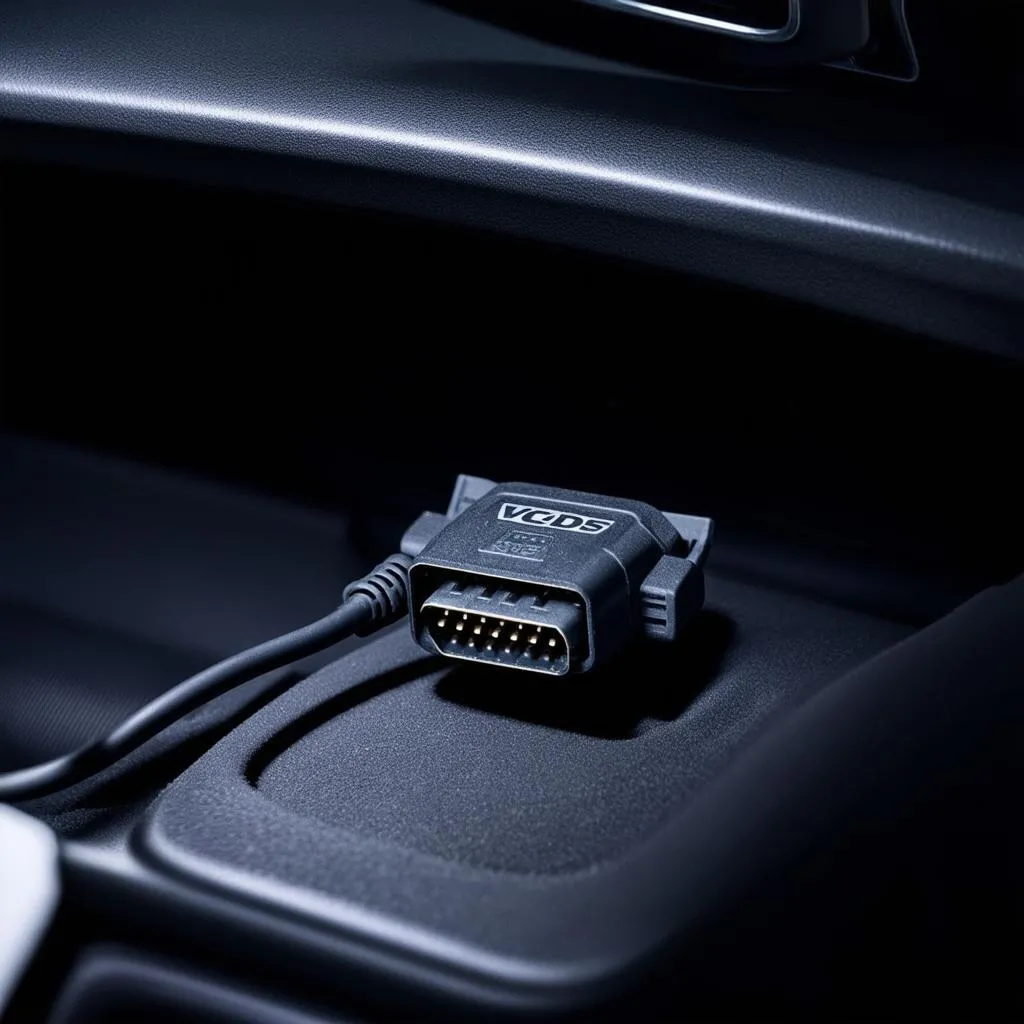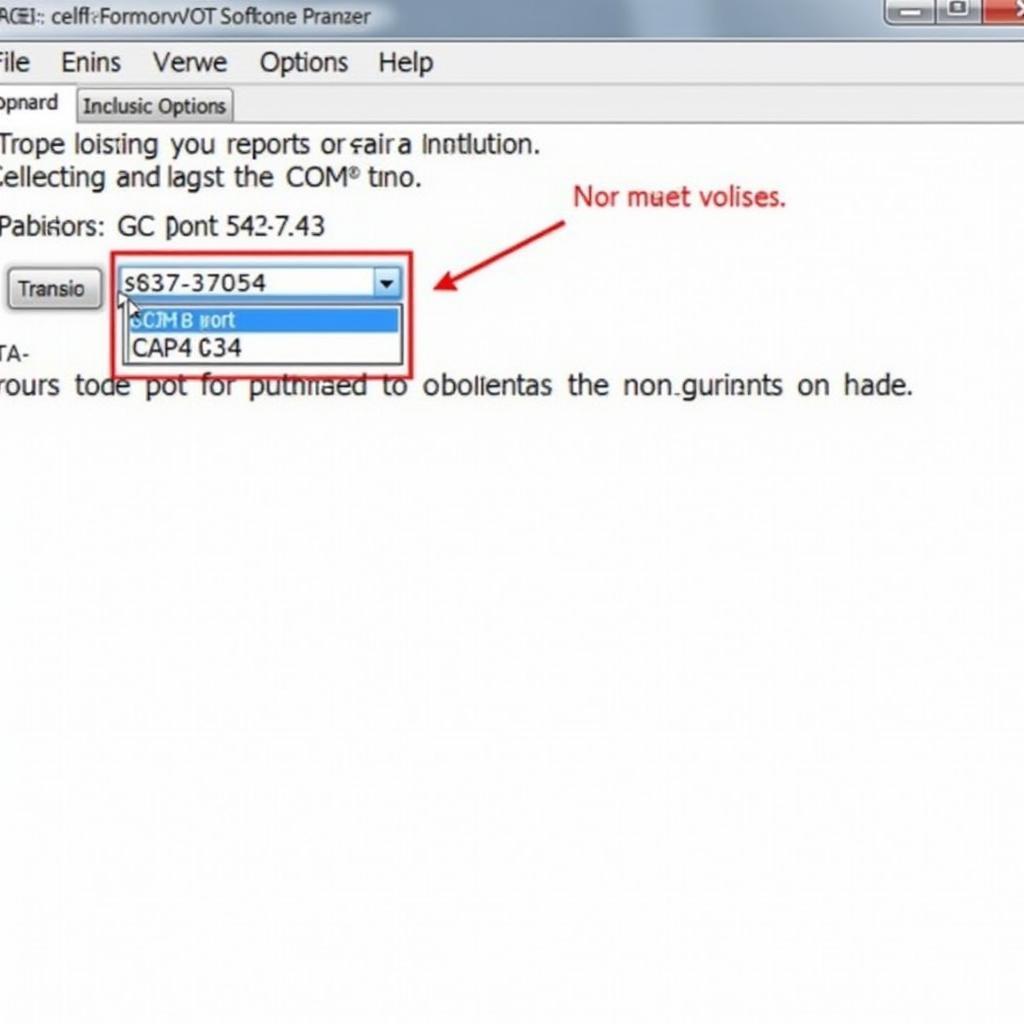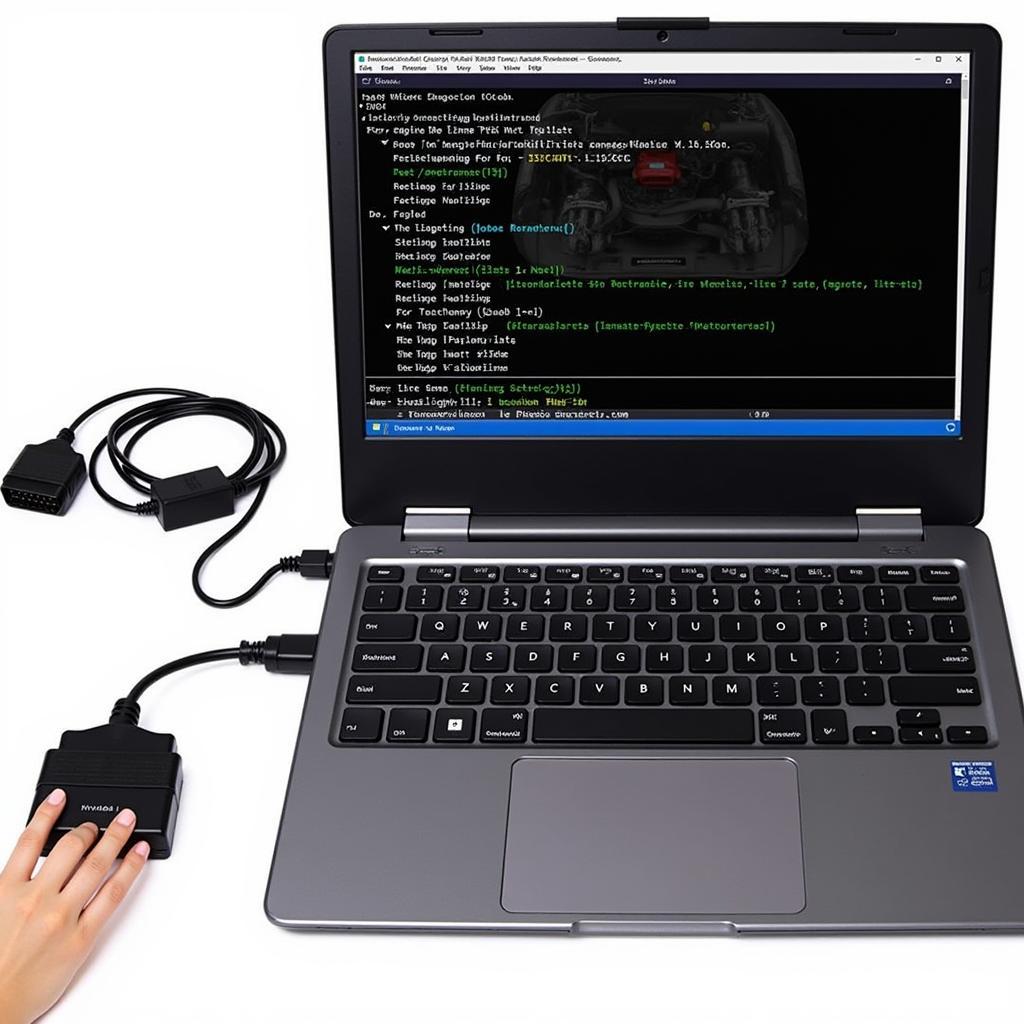One common issue MK4 Jetta owners face is a persistent handbrake warning light, even when the handbrake is disengaged. This can be incredibly annoying and sometimes even lead to failed inspections. Fortunately, there’s a way to address this using a handy tool called VCDS (Vag-Com Diagnostic System). This article will guide you through the process of turning off the handbrake warning in your MK4 Jetta using VCDS.
Understanding the Handbrake Warning Light
Before we delve into the solution, let’s understand why this warning light exists. Its primary function is to alert the driver of a potentially dangerous situation:
- Engaged Handbrake: The most obvious reason is a partially or fully engaged handbrake. Always double-check this before moving your car.
- Low Brake Fluid: The handbrake warning light can also indicate low brake fluid, which can severely impact your car’s braking ability.
- Faulty in the Handbrake System: A malfunctioning switch or sensor in the handbrake system can also trigger the warning light.
If you’re sure the handbrake is not engaged and the brake fluid level is adequate, a faulty sensor or software glitch might be the culprit.
How VCDS Can Help
VCDS is a powerful diagnostic software that allows you to communicate with your Volkswagen’s onboard computer. Think of it as a direct line to your car’s brain! With VCDS, you can read and clear fault codes, customize settings, and even disable certain features, like the persistent handbrake warning.
Turning Off the Handbrake Warning in a MK4 Jetta Using VCDS (Step-by-Step Guide)
Disclaimer: Modifying your car’s settings can have unintended consequences. Proceed with caution and consult a qualified mechanic if you’re unsure about any step.
Requirements:
- A Windows-based laptop
- A genuine VCDS interface cable
- Your MK4 Jetta
Steps:
- Connect and Launch: Connect the VCDS interface cable to your laptop’s USB port and your Jetta’s OBD-II port, typically located under the dashboard on the driver’s side.
- Turn the Ignition On: Turn your Jetta’s ignition on but don’t start the engine.
- Start VCDS: Launch the VCDS software on your laptop.
- Select Control Module: From the main menu, select “Select Control Module.”
- Choose Instrument Cluster: Choose “17 – Instruments” from the list of control modules.
- Access Coding: Click on “Coding – 07.”
- Locate Byte 0: Look for “Byte 0” in the coding screen.
- Modify the Bit: Within Byte 0, you need to find the bit that controls the handbrake warning. The exact bit location might vary slightly depending on your car’s specific model year and options, so consult the VCDS label file for your vehicle.
- Save the Changes: Once you’ve modified the bit, click “Do It!” to save the changes.
- Clear Fault Codes: It’s generally good practice to clear any related fault codes after making coding changes. Go to the “Fault Codes – 02” section and click “Clear All DTCs.”
- Test and Reconnect: Disconnect the VCDS cable, turn off the ignition, and then turn it back on. The handbrake warning light should now be off, even with a disengaged handbrake.
Important Notes:
- If the warning light persists after following these steps, a more serious issue with your handbrake system might exist, requiring professional attention.
- Disabling the handbrake warning light doesn’t fix the underlying problem. If you suspect a fault with your handbrake system, get it checked immediately.
 VCDS Interface Cable Connected to Car's OBD-II Port
VCDS Interface Cable Connected to Car's OBD-II Port
Common FAQs
Q: Can I perform this procedure myself?
A: While the steps themselves are straightforward, this procedure requires some familiarity with automotive diagnostics. If you’re uncomfortable working with your car’s electronics, it’s best to consult a professional.
Q: Is it safe to drive with the handbrake warning light disabled?
A: Disabling the warning light is generally safe as long as you’re confident the handbrake system is functioning correctly. However, it’s crucial to address any underlying issues immediately.
Q: What if the warning light returns after clearing the code?
A: A recurring warning light suggests a persistent fault. In such cases, a professional diagnosis is necessary to identify and repair the problem.
 Mechanic Inspecting a Car's Handbrake System
Mechanic Inspecting a Car's Handbrake System
Need Help? We’re Here for You!
For all your automotive diagnostic needs and top-quality diagnostic tools like the VCDS, Cardiagtech has you covered. Contact our team of experts for assistance with any automotive issues.
Remember, a well-maintained car is a safe car. Don’t ignore warning lights!



